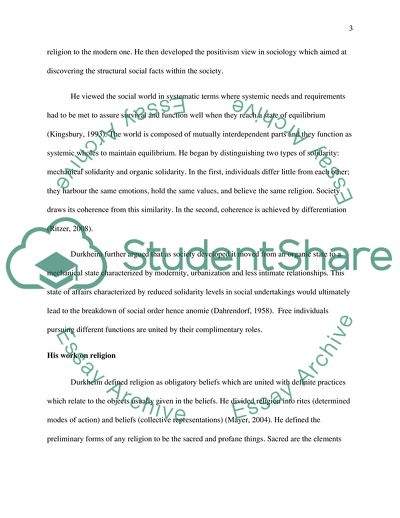Cite this document
(The Extent to which Individual Lives are Shaped by External Constraints in Modern Societies Literature review Example | Topics and Well Written Essays - 3000 words, n.d.)
The Extent to which Individual Lives are Shaped by External Constraints in Modern Societies Literature review Example | Topics and Well Written Essays - 3000 words. https://studentshare.org/sociology/1831743-sociological-imagination
The Extent to which Individual Lives are Shaped by External Constraints in Modern Societies Literature review Example | Topics and Well Written Essays - 3000 words. https://studentshare.org/sociology/1831743-sociological-imagination
(The Extent to Which Individual Lives Are Shaped by External Constraints in Modern Societies Literature Review Example | Topics and Well Written Essays - 3000 Words)
The Extent to Which Individual Lives Are Shaped by External Constraints in Modern Societies Literature Review Example | Topics and Well Written Essays - 3000 Words. https://studentshare.org/sociology/1831743-sociological-imagination.
The Extent to Which Individual Lives Are Shaped by External Constraints in Modern Societies Literature Review Example | Topics and Well Written Essays - 3000 Words. https://studentshare.org/sociology/1831743-sociological-imagination.
“The Extent to Which Individual Lives Are Shaped by External Constraints in Modern Societies Literature Review Example | Topics and Well Written Essays - 3000 Words”. https://studentshare.org/sociology/1831743-sociological-imagination.


